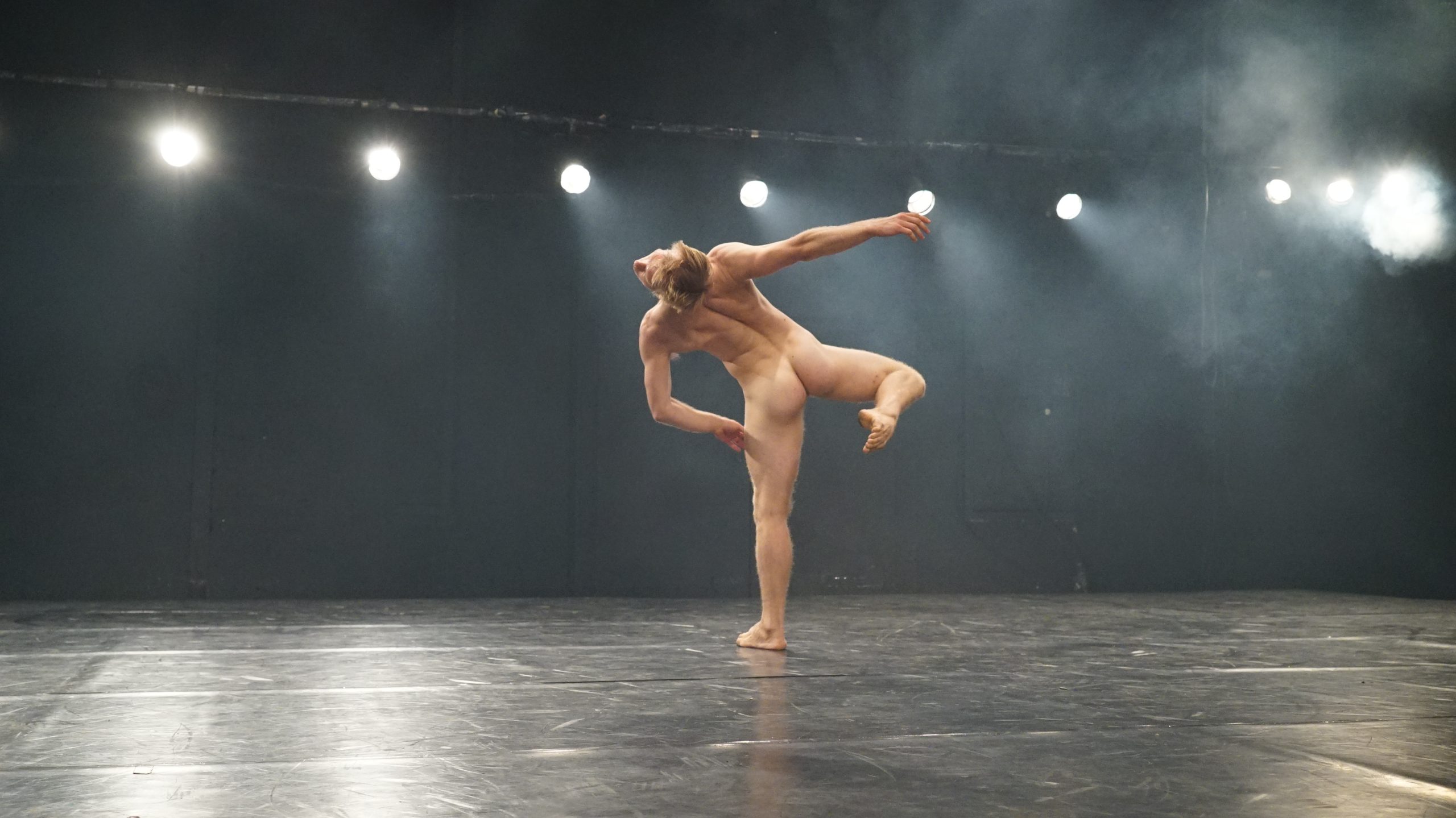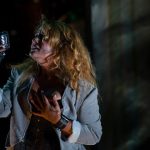An interview with the creators of COWBOY

Our summer marketing interns, Sarah Summerbell and Ryan Williams, had the opportunity to interview the creators of Cowboy, Niv Sheinfeld and Oren Laor. Below, they talk about the story behind the western theme, abstract versus concrete story lines, and bringing the production to America:
Q. The word “cowboy” invokes a stereotypical American image of masculinity. How does your show comment on or play with American themes?
A. Cowboy is not only an American icon – when we were growing up (late 70s and early 80s), most Israeli boys choose to wear a cowboy costume in Purim (A Jewish holiday in which kids put on costumes, like Halloween). So it is very much part of our childhood as well, we were also dressed up in cowboy costume back then, and more than once. As we grew up, the image of the cowboy became more complex and came to stand for not only masculinity, but also for the romantic notion of living alone and of being an outsider. In the show we play with all kinds of masculine and feminine images. In the vogue scene they call it Gender Fuck. We play with what we are expected to be, and with what we are expected not to be, we play with the questions of how we men ask for closeness and touch, how we communicate and how we eliminate communication when we need to be alone. We play with the contrasting fragments of our identity as men and as gay men (or are they really contrasting…).
Q. This is your first time performing Cowboy in America. How do you expect American audiences to react?
A. We think that the show carries universal themes, and yet some of its content is directly connected to American culture. There’s a lot in common between American and Israeli cultures, so we hope the public will feel at home right from the start.
Q. How did you come up with this piece? What were your influences?
A. The romantic image of the cowboy (lone ranger, isolated in the mountains for long periods), the movie Brokeback Mountain, the American vogue scene, the movie Paris is Burning.
Q. Could you categorize this piece into a theatrical style. If so, what would that be?
A. It’s very limiting to try and categorize the work into a theatrical style. It is a mix of dance, theater, performance. We like to call it “stage event”.
Q. How do you experiment with abstraction vs. concrete storytelling? How much is abstract? How much is concrete?
A. It’s concrete enough to have the public understand what is happening, however it is still abstract in a way because there’s no narrative to follow or dramatic story telling.





